This story begins with my beloved Canon A1. Shock, horror and snorts of derision echoing off your computer screen, ‘this is a trap, that’s not a rangefinder or a compact’ I hear you cry! But doesn’t the old saying go something like, It’s not where you’re going, it’s how you get there?…(or something else tenuous and misquoted).
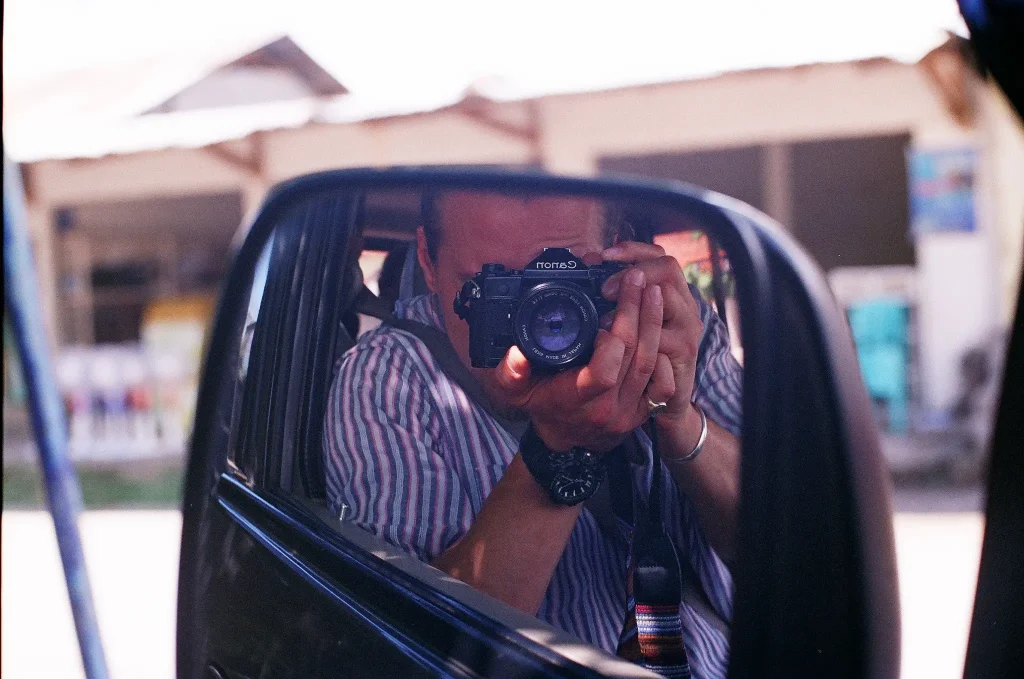
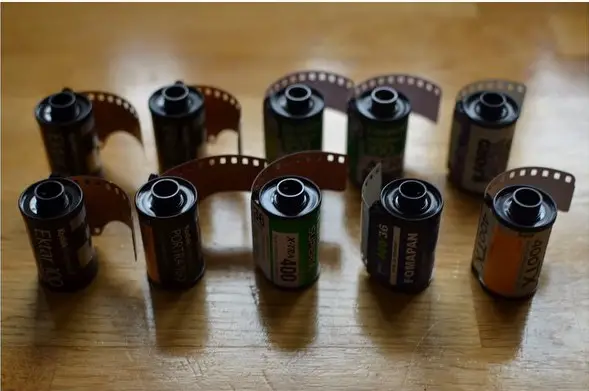
SLRs to go
After completing my degree and thus drawing an end to 18 years of formal education, I felt some travelling was in order. Two months in Indonesia followed by six in New Zealand would just about do it. My camera of choice, an 80s classic – the Canon A1 SLR, sorrily accompanied by a now rather neglected Nikon d7000, exclusively for taking lots of uninteresting photos of interesting things. It was all going swimmingly, I had my assortment of film stashed away in the waterproof compartment of my hiking bag like some contraband carrying drug mule, the digi taking an appropriate back seat at the bottom of the pile. I snapped away a roll of Kodak Ektar in the first week, whilst summiting a 3726m active volcano, and a roll Fuji Neopan in the second whilst trekking through some indigenous settlements, unheard of speed for my usually frugal film usage.
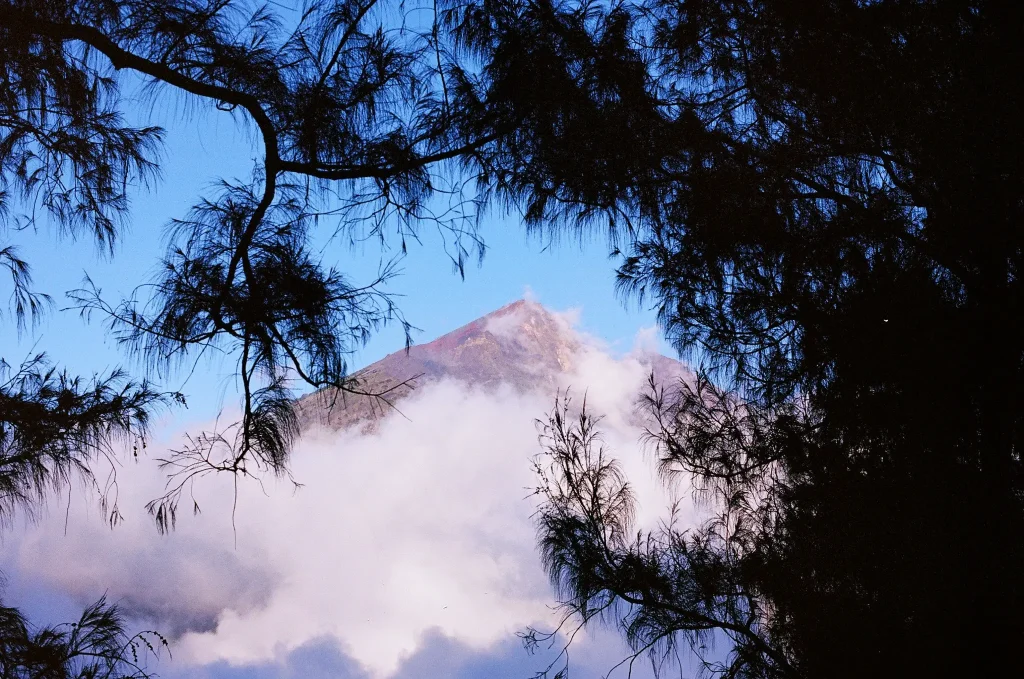

I stood atop a rocky outcrop trying to capture the next front cover of Surfer Magazine when some big swell came rolling through and sucker punched me right in the camera. Thus began the untimely demise of my A1. Fatally wounded the LCD was no longer showing a pulse. Two days later out of mere desperation, the battery was reinserted… enter the magic camera. Despite the ON/OFF and the exposure comp. button now fused shut, the camera appeared to be functioning correctly and continued to do so through all the humidity, salt and sand that mountains, jungle and sea had to offer. Fast forward two months and 11 islands later to a very cold winter in New Zealand. I had trepidatiously received back all of my developments, to find that my photos had come out exceptionally; my best to date. The old girl had served me well but I had noticed the lens had began to delaminate and after a few hazy shots and some questionable metering I decided retirement was long overdue.
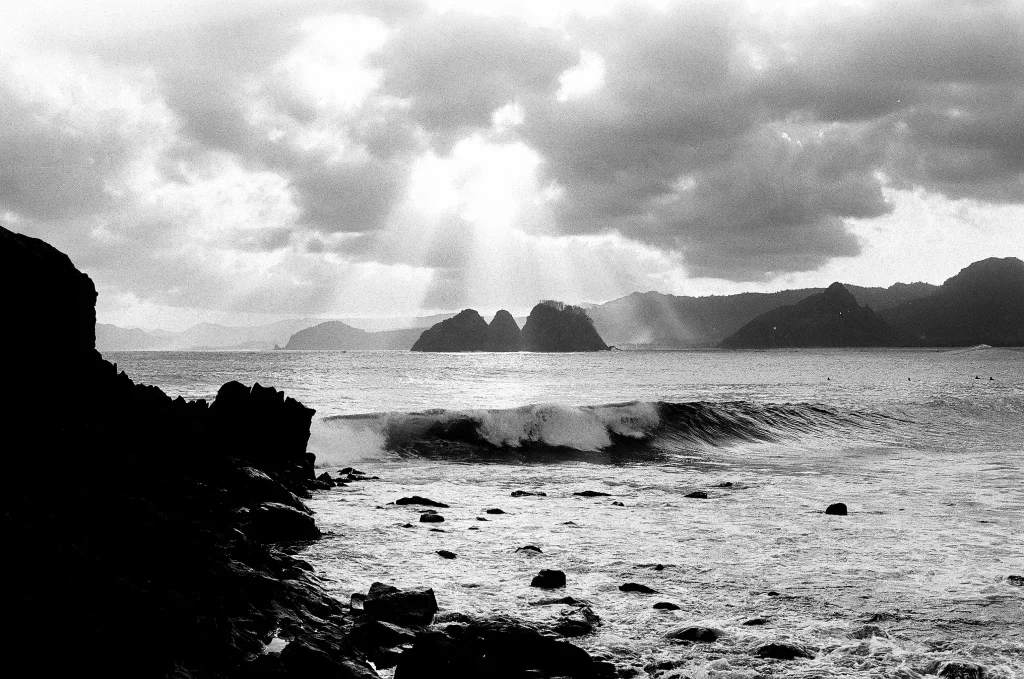
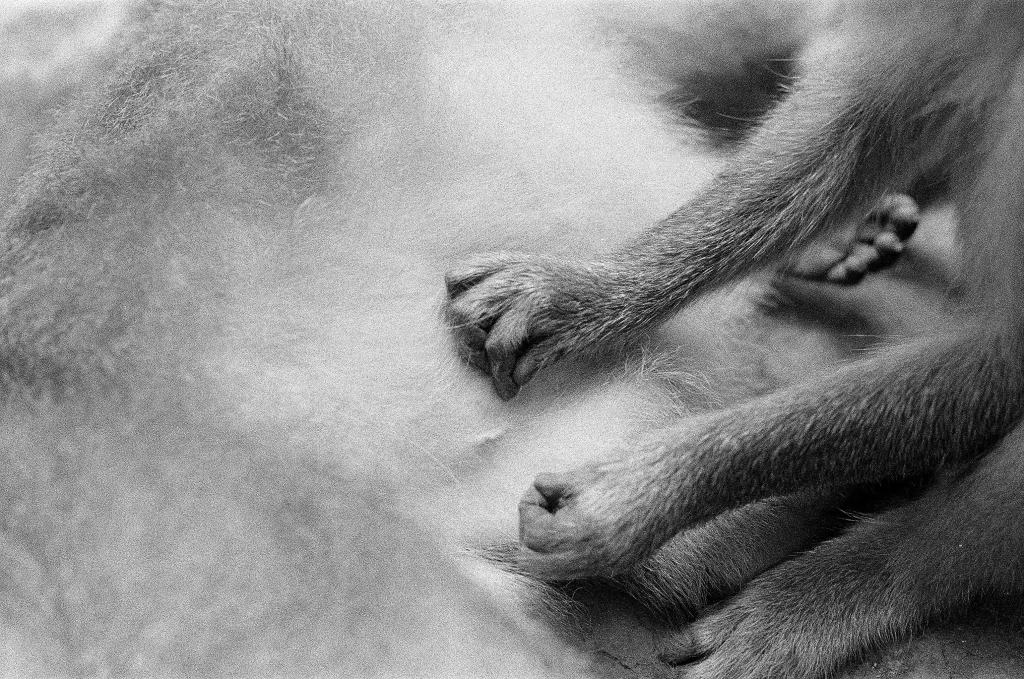
Olympus to the rescue
With the next leg of my journey fast approaching , cameraless and in a panic, I ended up being thoroughly ripped off on trademe, spending $100 on a rotten, fungus ridden Olympus SP, a RANGEFINDER…one step closer (bare with me). Unfortunately unusable, it made its way to a charity shop.
Karma was kind. Indirect, but kind. My friend stumbled across an Olympus AF-1 Twin not a rangefinder but a sturdy compact with full battery, a case and a strap for $3. I was nice enough to rescue it from his clutches, like a bully shaking an innocent free of their lunch money, swiftly beating him to the till, all those hours in the gym finally paid off. The functions seemed to be working and after a quick google I came upon a raving review of the little glass lens compact which gave me some confidence in its ability.
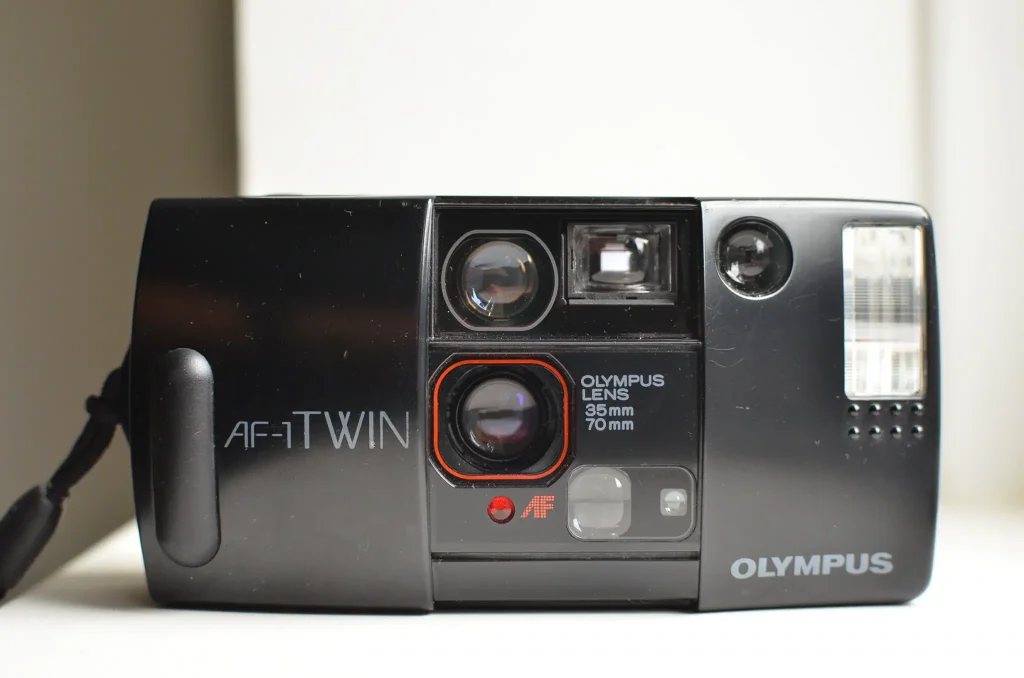
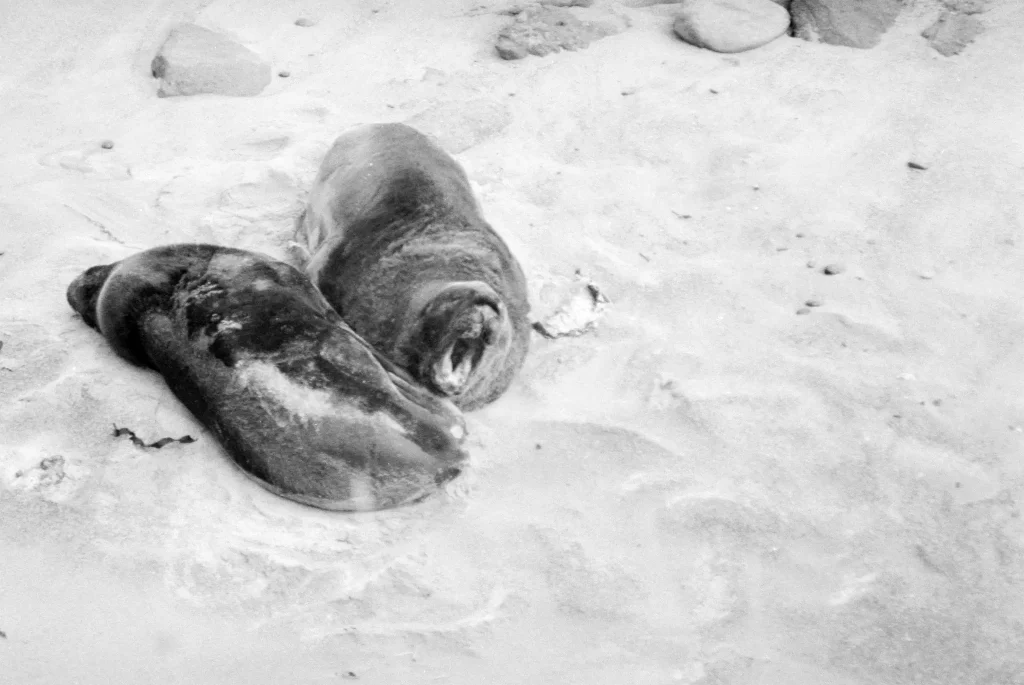
The last of my Ektar and Neopan was now spent. Setting off on another long road trip and a big hike with no colour film to hand and a limited selection of rural shops, I was back to scouring charity shops. An 11 year toy camera still in its packaging loaded with what turned out to be a rerolled 9 shot(?) Chinese film for $10. It was the best I could do. The film was repurposed into the superior Olympus and I was safe once again from the call of the digital camera lurking in the depths of my bag. A few days later I found a chemist selling Kodak Colorplus with the gloriously retro canister and I stocked up for the remainder of my trip.
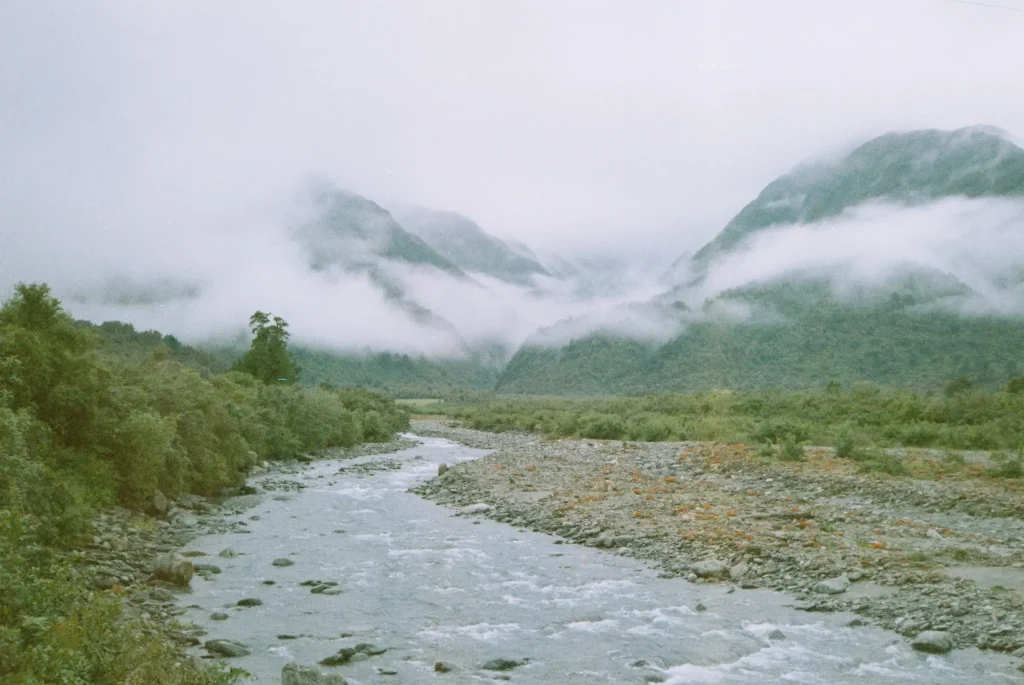
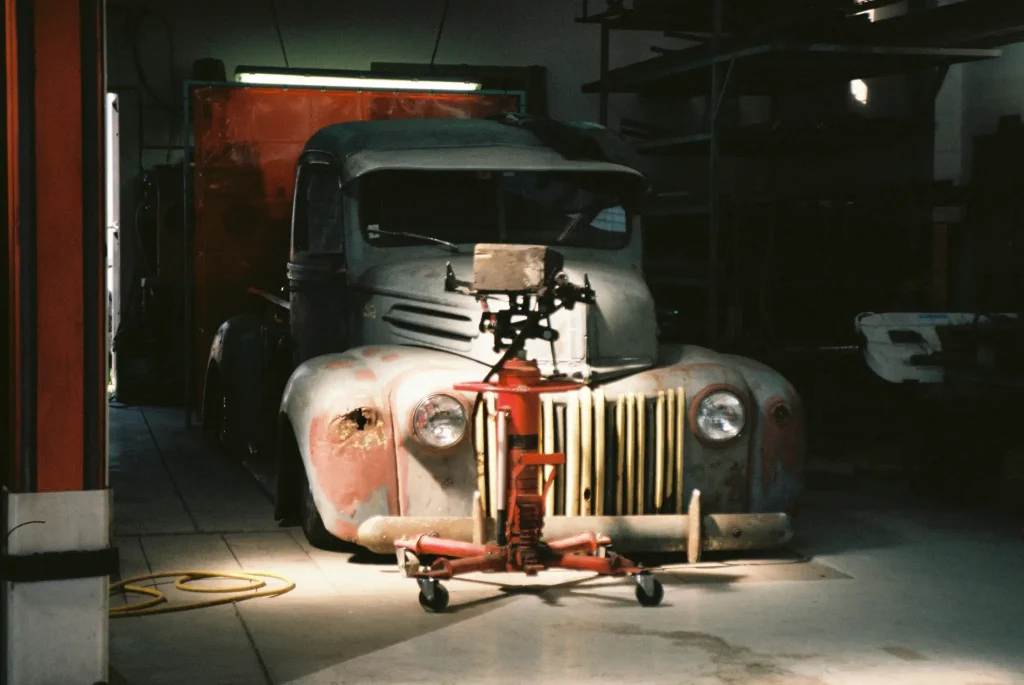
It hadn’t really occurred to me at the time how much of a massive gamble this all was; taking nearly all my photos over several months on a camera I had never tested. Some how luck was in my favour and apart from getting my large fingers on the edge of a few frames it was a generally a successful and pleasant experience. Probably the best $3 I have ever spent.
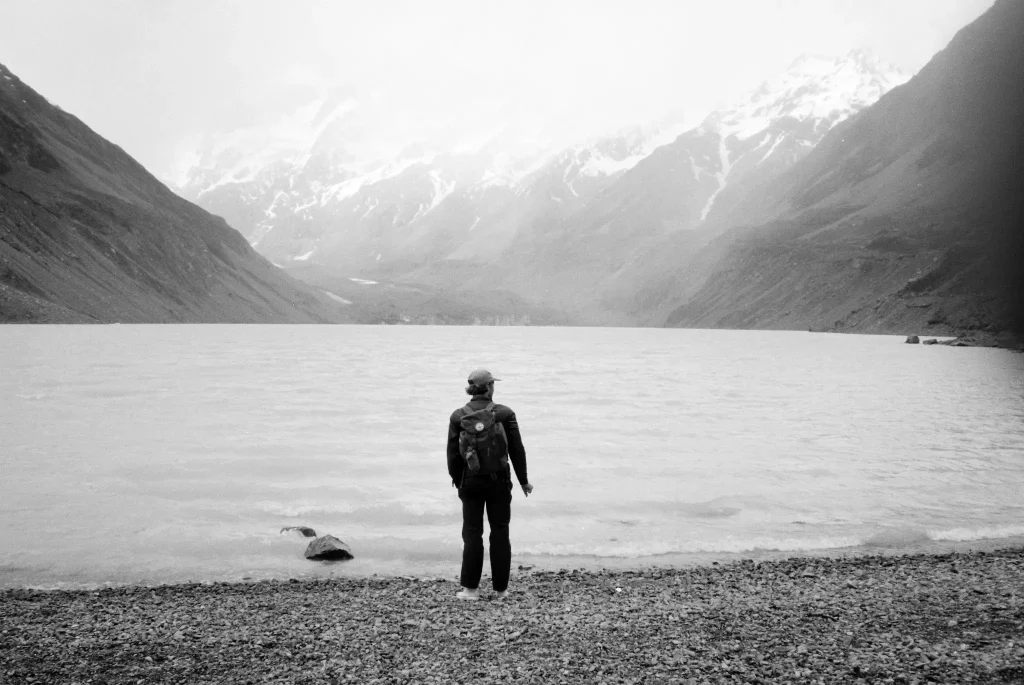
Point & shoot travels
I love using an SLR, being able to manually focus and fiddling with the settings, it’s a big part of the enjoyment for me. But what really got me about using a point and shoot regularly for the first time since I was a kid, is how easy it is to just pull out and shoot on the move. I also found my composition earns much more consideration because of the lack of any other input to the camera. It led me to take some good photos of some amazing moments.
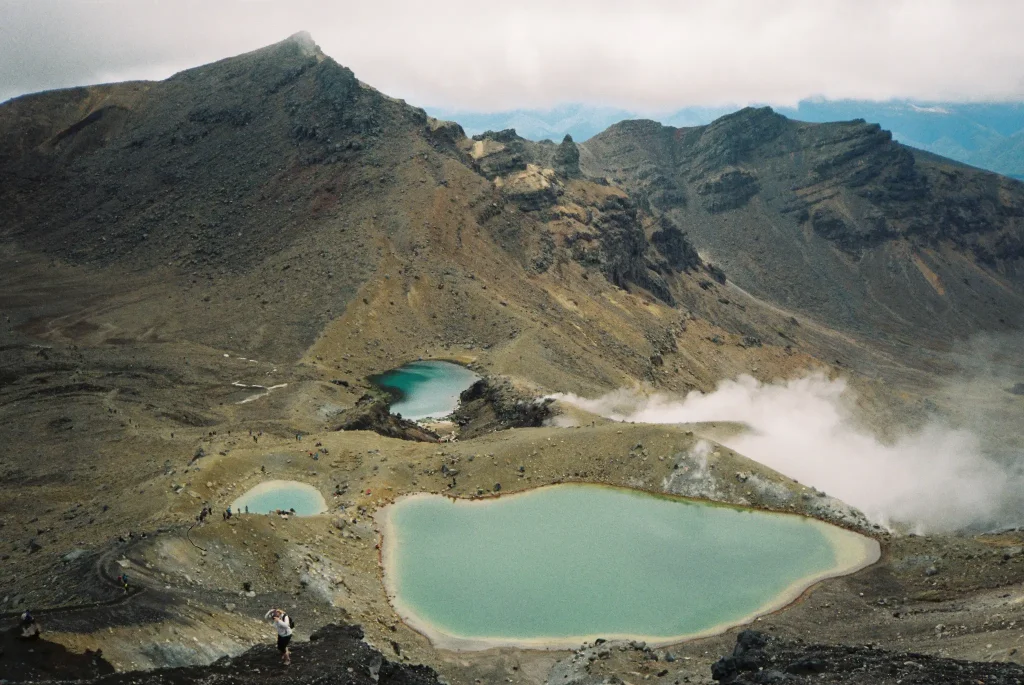
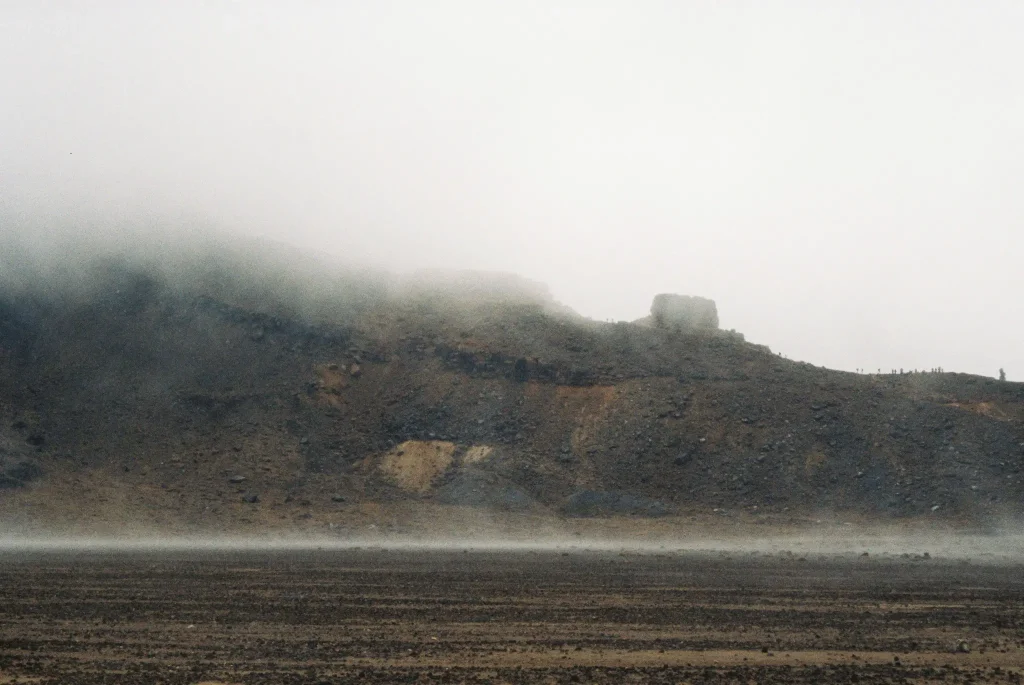
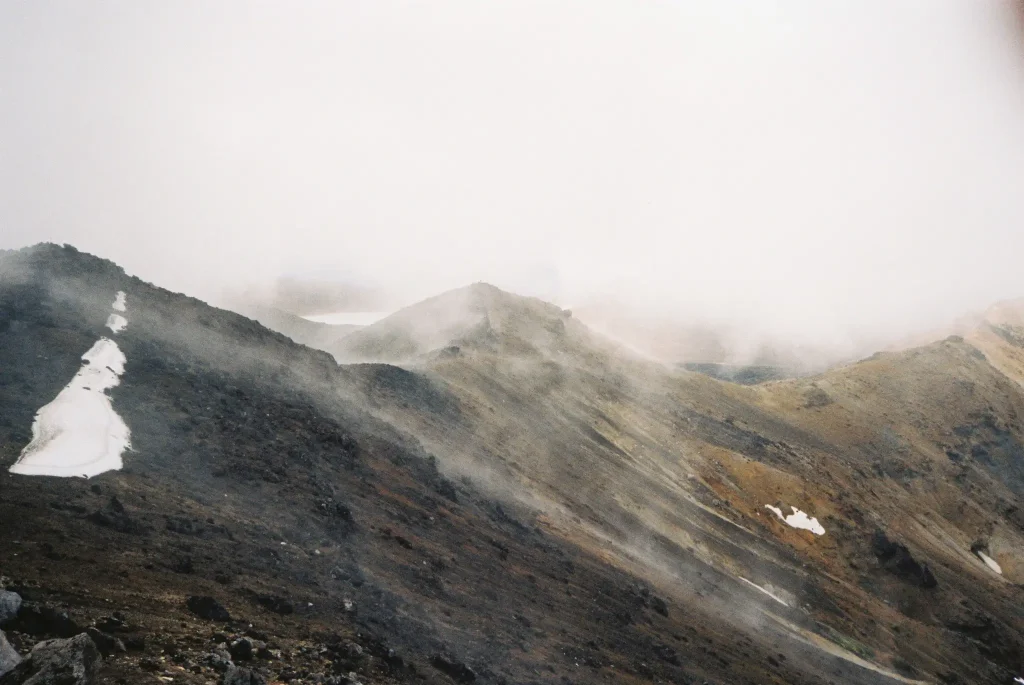
The Olympus AF-1 twin (mini) review
The Olympus AF-1 twin genuinely has two very sharp lenses a ‘biaxial optical system’ featuring a wide 35mm f3.5 and a tele 70mm f6.3, accompanied with a parallax correcting view finder (its actually two separate view finders that neatly switch place at the press of a button). Its a little chunky but has a weather sealed body. The 35mm is definitely the sharper of the two, the 70mm produced some slightly brittle images under more direct light. The colour rendition was exceptional and had some impressively good pop in the negatives.
It is exclusively auto focus and auto exposure, with the basic functions of a self timer, a broken flash (apparently a common problem) and continuous shooting mode which I was too precious about my film to use. If you see one, get one! They sell for next to nothing and with all the ‘popular’ compacts such as the Yashica T4 and Olympus mju 2 & XA’s massively inflating in price, you can’t go wrong.
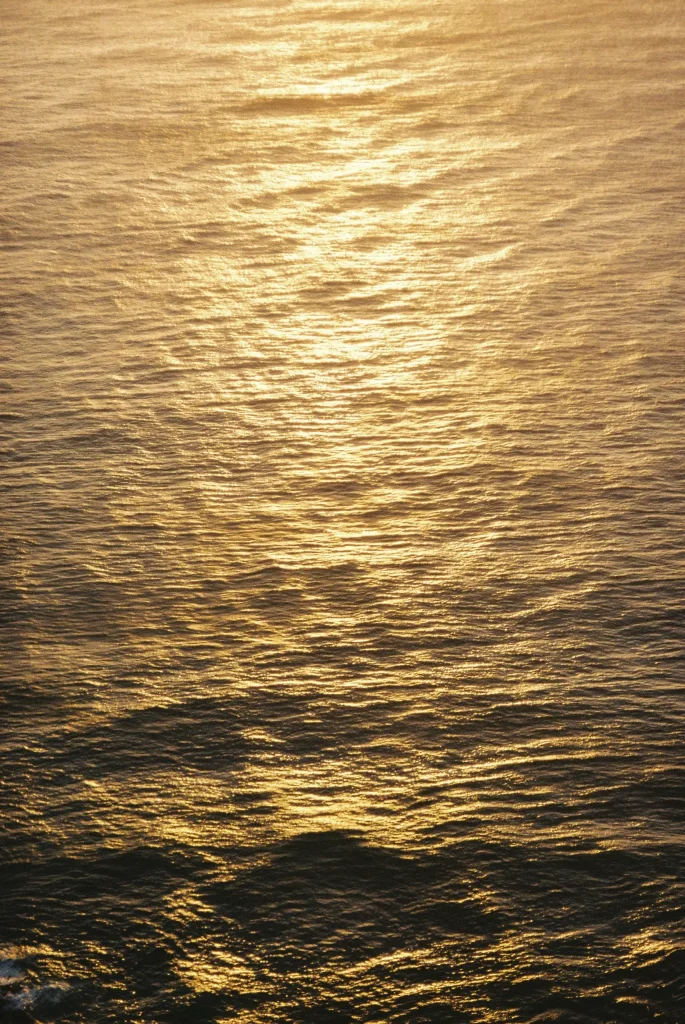
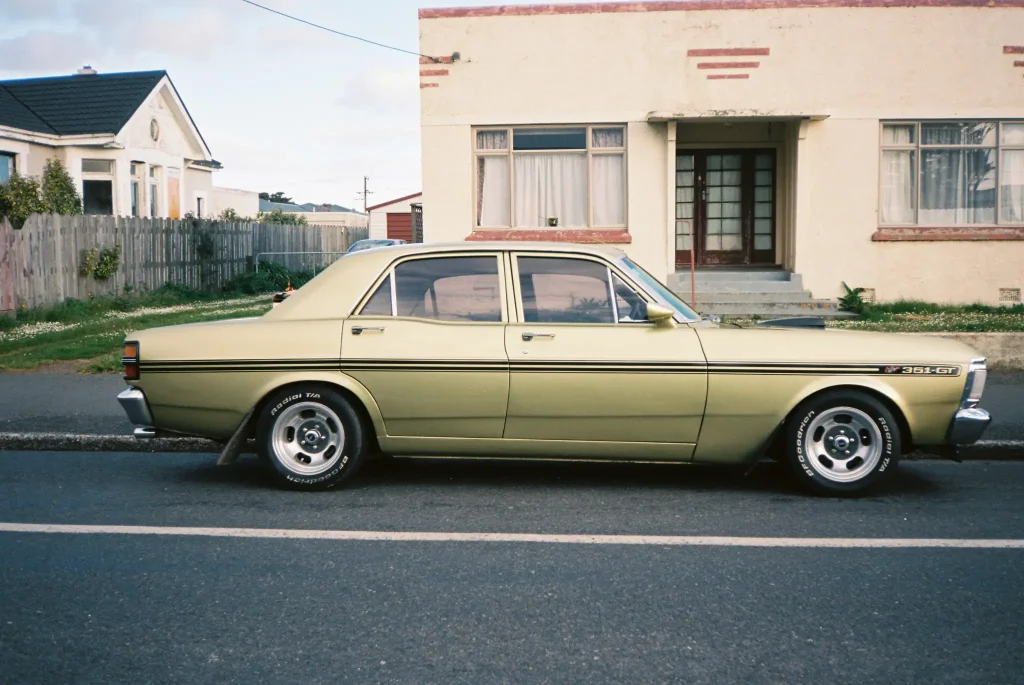
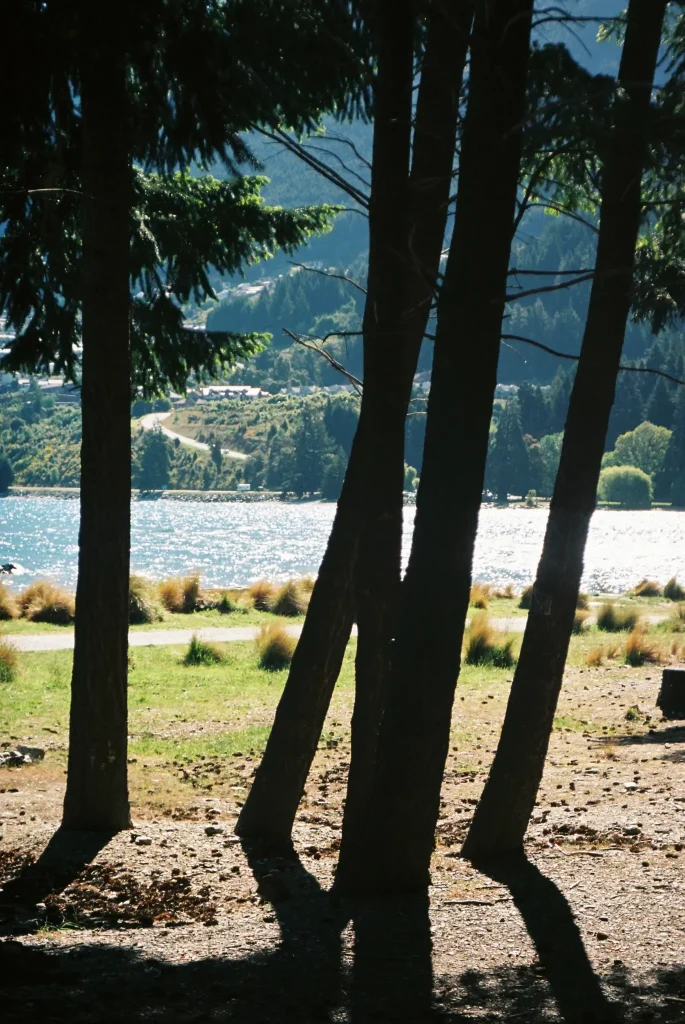
My name is Dougie and I am a 23 year old design graduate from Surrey looking to begin a career in photography.
Next stop; Rangefinder.
If you want to see any of my other work check me out on;
instagram.com/notthatkindoffilm
www.douglaspulman.co.uk
Share this post:
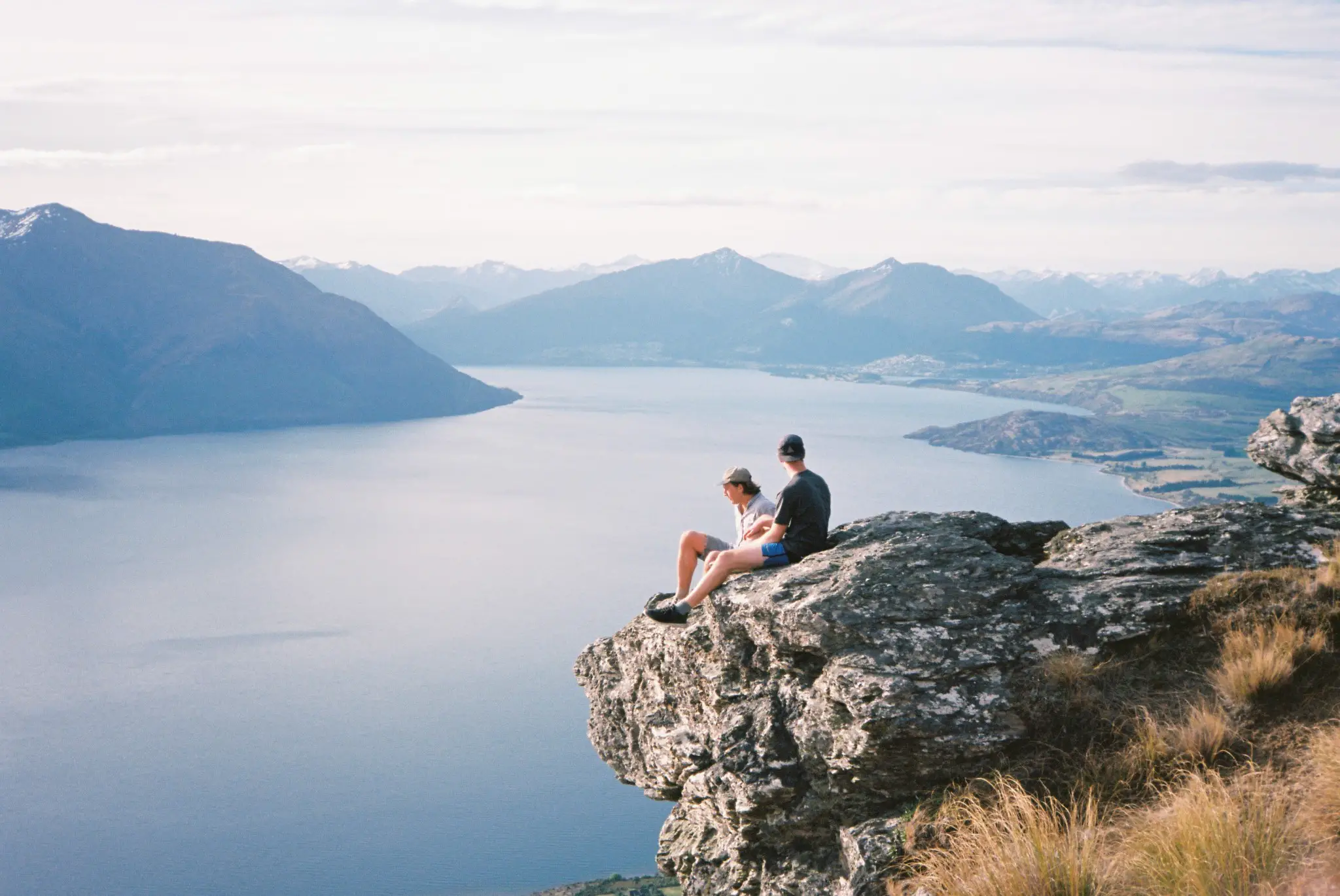








Comments
John on Olympus AF-1 Twin Review – A travel camera of (no) choice – by Douglas Pulman
Comment posted: 15/06/2016
Comment posted: 15/06/2016
Dan James on Olympus AF-1 Twin Review – A travel camera of (no) choice – by Douglas Pulman
Comment posted: 16/06/2016
I like your writing style and humour, and I also like the story of the Olympus just fell into your hands, rather than it being a camera you endless researched then specifically sought out.
I had the Canon equivalent, the Sure Shot Tele, which has 40mm and 70mm lenses. I got some great shots with it, and the slightly larger size (though all early 80s Canons are pretty chunky anyway) gave it assured handling.
I'm going to check out your own site, but hope to see you post more here in the future too.
Comment posted: 16/06/2016
Comment posted: 16/06/2016
Comment posted: 16/06/2016
Christos Theofilogiannakos on Olympus AF-1 Twin Review – A travel camera of (no) choice – by Douglas Pulman
Comment posted: 16/06/2016
Comment posted: 16/06/2016
Daniel Fjäll on Olympus AF-1 Twin Review – A travel camera of (no) choice – by Douglas Pulman
Comment posted: 16/06/2016
Comment posted: 16/06/2016
Blinx on Olympus AF-1 Twin Review – A travel camera of (no) choice – by Douglas Pulman
Comment posted: 16/06/2016
It's a cute looking camera from the days before zooms took over.
Comment posted: 16/06/2016
Alex Hakimi on Olympus AF-1 Twin Review – A travel camera of (no) choice – by Douglas Pulman
Comment posted: 18/06/2016
Comment posted: 18/06/2016
Comment posted: 18/06/2016
Nick Clark on Olympus AF-1 Twin Review – A travel camera of (no) choice – by Douglas Pulman
Comment posted: 20/06/2016
Comment posted: 20/06/2016
Elliott Waring on Olympus AF-1 Twin Review – A travel camera of (no) choice – by Douglas Pulman
Comment posted: 01/11/2017
Nigel Cliff on Olympus AF-1 Twin Review – A travel camera of (no) choice – by Douglas Pulman
Comment posted: 19/08/2018
Comment posted: 19/08/2018
andrej.gale on Olympus AF-1 Twin Review – A travel camera of (no) choice – by Douglas Pulman
Comment posted: 08/09/2018
Gordon Palmer on Olympus AF-1 Twin Review – A travel camera of (no) choice – by Douglas Pulman
Comment posted: 16/04/2019
Comment posted: 16/04/2019